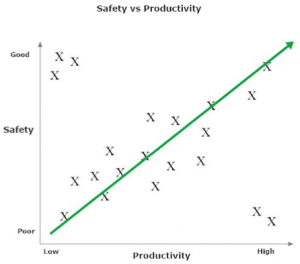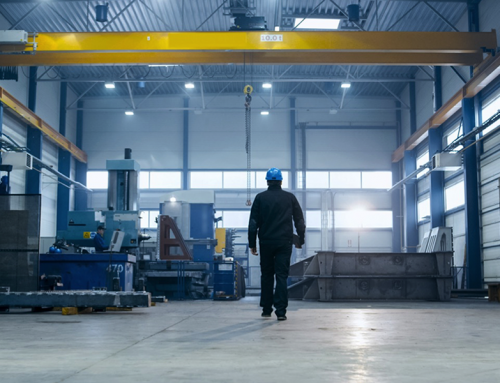I was recently working in the field in the oil patch when a familiar concern was raised. Operators were (carefully) complaining about new safety protocols that had recently been put into place. While each of them understood that safety is still a major focus area for most oil companies, they believed that the new program would realize no discernable improvement in safety while there would be a reduction in productivity.
They weren’t fighting the protocols per se. They were struggling with the changes and wanted to be able to justify the extra work to themselves. None of us wants to do work that has a negative impact on output.
If all you want from your staff is reluctant compliance, then mandating a safety program adequate. If you want your staff to be involved and put some effort into a safety program, you need to let them get their head around it first.
This is not a new observation. Over 20 years ago, when I first started working with field staff, I had to deal with this issue. And yet, despite the persistence of these complaints, the data does not support the operators’ contention. The International Association of Oil and Gas producers shows a steady long term improvement in safety with a reduction in fatalities and total recordable incidents for the past 15 years. Clearly, in aggregate, safety programs work and improve safety.
The other side of the equation is more difficult to address. Productivity in the oil patch has improved markedly in the last 15 years. The question is whether the productivity improvements came from better workplace practices or whether they came despite changes in workplace practices.
When I talk about this to a blue-collar work force, I often ask those in attendance to think about the place where they have worked with the worst productivity, the most rework, the dirtiest of locations. At that location, did they have a great safety record or a lousy safety record. I then ask them to think about the most productive, least rework, cleanest shop they have worked at. Did that location have a great safety record or poor safety record?
If you were to plot out many organizations, you would get a plot that looks like this.
With some rare and few exceptions, there is a direct correlation between safety and productivity. It should not come as a surprise when you think it thru. The same skills it takes to be safe (plan for the job, right tools, right skills, right parts, do the job once and do it right) are the same skills it takes to be productive (plan for the job, right tools, right skills, right parts, do the job once and do it right).
If you train your staff for safety, you are also training your staff to be productive. It is not a coincidence that this unsafe road is not very productive or that this safe road is.
Years I ago I was engaged at a relatively new pulp mill. The mill was heavily unionized and in a brutal battle with management. Both the union and management team were poking at each other every opportunity that got. I was concerned when I showed up there that the union would see me as another management initiative to poke them. To my surprise, my presence didn’t even cause the smallest of ripples in the pond. As it turned out, I was the ninth consultant to arrive in 10 years. The Union planned to just ignore me as they had every other group that preceded me.
Most notably about the site was that it ran terribly for such a young facility. It was dirty, it stank, there were standing puddles of water/pulp everywhere.
I started the project by spending time with the Union leadership. After I gained their trust I agreed that I would work with them solely on safety initiatives (no budget). Management reluctantly agreed. It wasn’t 3 months that the facility set a production record, and if I remember correctly, we set one each of the following 6 months.
The process was clear. Let’s work safe, with the right preparation, using the right tools, using the right parts, and expect to do the job only once because we are going to do it right.
It is not that safety is first or that productivity is first. The reality is that they truly go hand in hand.









